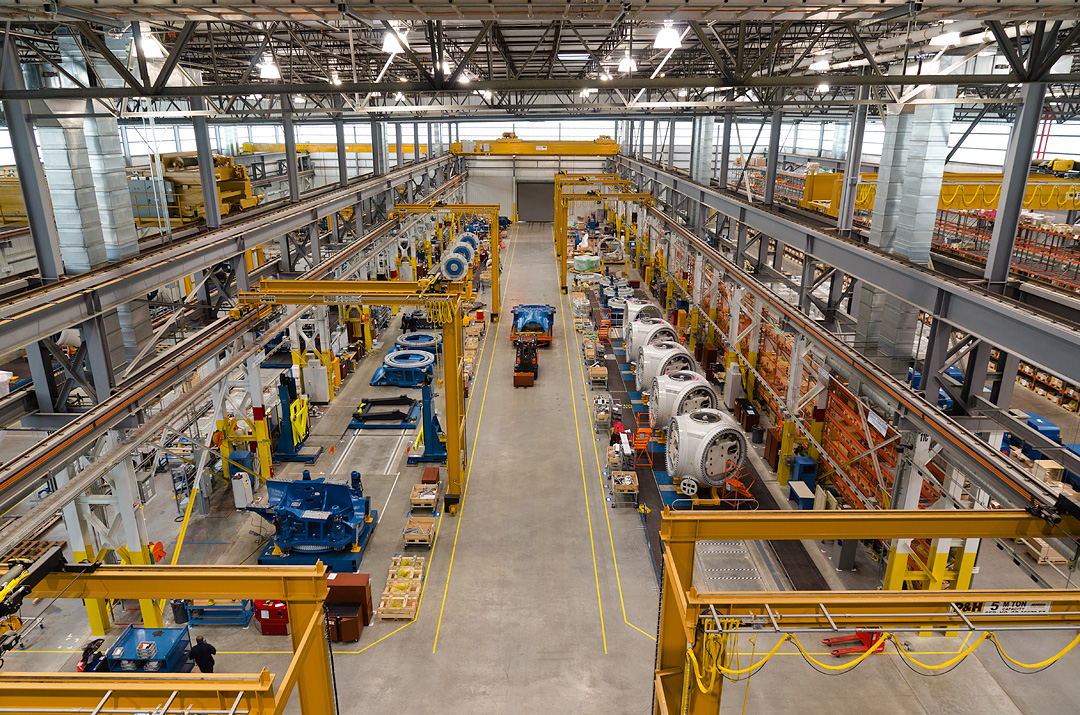The Industrial IoT Can Monitor Critical Machinery
 https://upload.wikimedia.org/wikipedia/commons/8/84/Nordex_Jonesboro_Plant_001.jpg
https://upload.wikimedia.org/wikipedia/commons/8/84/Nordex_Jonesboro_Plant_001.jpg
ISE Magazine – Volume 49, Number 2
Industrial engineers have leveraged connected computing advances to help manufacturing facilities run more efficiently. However, the industrial internet of things (IIoT) is expanding by connecting industrial systems to make automation smarter.The main goal of every business is to provide a product or service to a customer. And if you can provide a better product or service, you can provide more value to your customer.The internet of things (IoT) is not only up in the cloud, as the power of data and analytics can be delivered right to a smartphone in an operator’s or owner’s hand, changing how business is done forever.
Think big, start small
It’s important to think big but start small. Identify the products or bad actors that are high enough in value or have high enough maintenance costs to warrant the costs. Consider pumps, water meters and industrial valves. These products may be remote or located on the shop floor or manufacturing plant. It is clear that connected remote products and assets provide optimized route schedules and reduce lengthy downtime, but products in the factory or shop floor can connect beyond the local operator to the supervisor or local maintenance technician.
IoT is further enabled by cheap computing power and storage through what we call cloud infrastructure. It has been stated that today an African chief has more computing power in his pocket than the entire White House during President Bill Clinton’s two terms.
Taking advantage of the IoT
Many systems within a manufacturing plant are intranet connected. However, much of the data collected from those machines never leaves the plant.The transition to IIoT presents manufacturers with many benefits, including visibility, predictive maintenance and improved operations.
Industrial use cases
The manufacturing industry is rife with opportunities for a successful IoT deployment.First, many different critical operations can be monitored to reduce downtime on a factory floor. Second, these critical operations generally are so big that the monitoring cannot be done efficiently by visual inspection only.
Pumps are the lifeblood of many industrial processes. Without pumps operating at their peak, valuable production capacity is lost. Continued wear and tear can lead to unexpected downtime. Monitoring industrial pumps or smart pumping systems for cycles completed, unexpected vibration or high temperatures can indicate unusual operating conditions that could foretell a problem.
New business models will abound
With the IIoT, there is an extension far greater from being a good partner or vendor to tying business value to measurable- based performance outcomes.It’s important to note that the value of the IoT does not come from connected devices, but rather from the ability to extract, mine, organize and influence action from the information stemming from connected device data.



Comments :